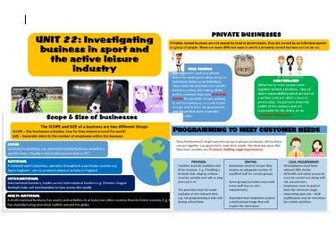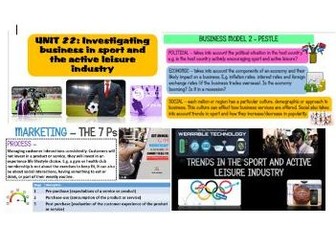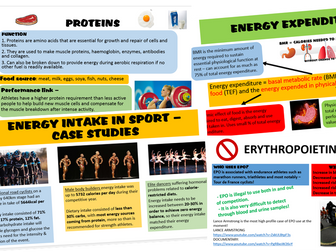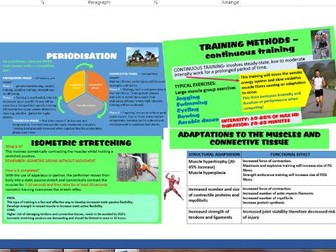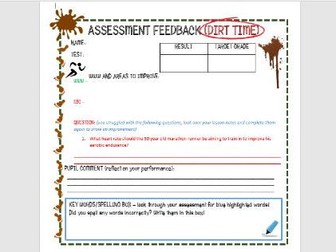L3 BTEC SPORT UNIT 22 Business in the sport and active leisure industry - CHAPTER A teacher pack!
This resource is the complete teacher power point and student work booklet covering the whole of CHAPTER A of the Level 3 BTEC Sport Unit 22, Investigating business in the sport and active leisure industry.
This 63 slide teacher power point covers all topic areas included within Chapter A such as:
Private, public and voluntary businesses
Scope and size of businesses
Aims and objectives of sport businesses - SMART targets
Provision of sports facilities
Programmes to promote participation
Sport services
Customer groups
Programmes to meet customer needs
Stakeholders
Laws, Legislation and Safeguarding
The student work booklet runs completely alongside the teacher power point - feedback from my group has been extremely positive!
